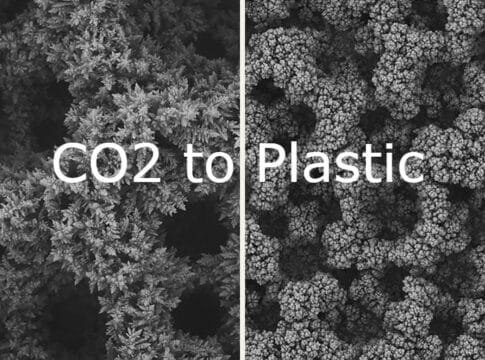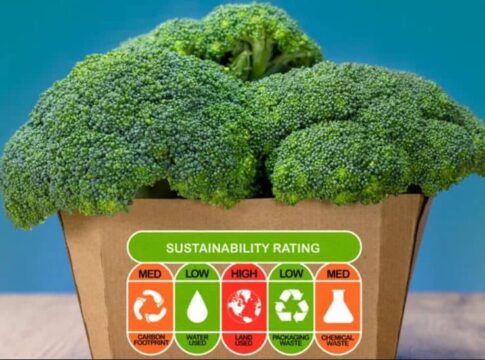Plastics From Carbon Emissions and Potential Carbon Credits
Is the plastics industry set to become the next big thing in carbon capture?
One of the major issues the world is facing today is the growing piles of plastic waste. The same is true with the carbon emissions that continue to rise and cause global warming.
As firms and governments are looking for ways to reduce carbon emissions, there have been plenty of projects and ideas being tossed around with potential solutions.
The Carbon Capture Utilization and Storage (CCUS) industry has been looking for a cost-effective solution for a while. Some believe that turning carbon dioxide waste into polymers holds lots of promise.
Polymers are substances made from long chains of repeating groups of atoms.
Examples of manufactured polymers include PVC, nylon, and many types of plastics.
Natural polymers are materials such as silk, rubber, and cellulose (the main component in textiles and paper).
Making Plastics from Carbon Dioxide
According to a study by OECD, humans produced about 460 million tons of plastics in 2019. This consumption rate will further rise despite the increasing use of plastic recycling technologies.
CO2 emissions are also increasing, and that spawned the Carbon Capture and Utilization (CCU) market. Research forecasts this market to exceed $285 billion by 2042.
CCU technologies refer to the productive use of atmospheric CO2 to make value-added products. Common ones include building materials, synthetic fuels, chemicals, and plastics.
Carbon Capture and Utilization is seen as a crucial tool to decarbonize the world’s economy. Innovative companies across the world are developing CCU technologies to improve the efficiency of CO2 conversion processes.
While there are some challenges that carbon companies have to tackle, polymer CCUs might hold the solution for both pollution problems (plastic and carbon) by using CO2 waste to create useful polymers.
How to make polymers from CO2?
Successful deployment of CO2-based polymers has been growing in recent years. Over 250,000 metric tons of CO2 annually are being used as a raw material in polymer manufacturing worldwide.
This sector could soon balloon as more firms struggle to meet their climate targets.
Converting CO2 into polymers is possible in three major pathways:
Electrochemistry
Biological conversion
Thermocatalysis
Thermocatalysis is the most mature process. Through this method, plastics from carbon emissions can be made directly or indirectly.
Direct CO2 conversion to plastics involves producing biodegradable “Linear-chain Polycarbonates”.
The indirect method uses a chemical like ethanol or methanol to create polymers.
Manufacturers can use the plastics from carbon waste to make different consumer products such as electronics, foams, medical devices, clothes, shoes, and a lot more.
Many projects are currently underway across the globe, being supported by public and private investments.
Though fossil inputs are still necessary, manufacturers can replace some of it with CO2 waste. This saves firms costs while also helping them cut carbon emission.
Biological conversion (microbial synthesis) is also advancing, it is almost at an early-commercialization stage. Genetic engineering has enabled the use of microorganisms to transform CO2 into chemicals, fuels, and proteins.
California-based Newlight is bringing a new biological pathway to making polymers. The firm’s microbes turn captured carbon, air, and methane into degradable polymers.
Scaling Up CO2-based Plastics
Right now, the scale of CO2-based polymers is still in its infancy. But a handful of successful commercial examples are around already.
More recently, the US-based company LanzaTech is using microbes to convert captured carbon into polymer precursors like ethanol.
Fashion and apparel companies are using the finished product to make textiles, shoes, packaging, and more. Famous brands such as Unilever, L’Oréal, Zara, and Lululemon are doing it.
This forms part of their ESG goals to make business operations become sustainable.
So even though it’s still in its infancy, the CCU market growth is coming from the consumers. Businesses and individuals alike are demanding low-carbon products.
Firms can even generate additional revenue streams from carbon credits. By using CO2 waste as raw material for making plastics, companies can potentially claim a corresponding carbon offset as they reduce the amount of carbon entering the atmosphere.
The post Plastics From Carbon Emissions and Potential Carbon Credits appeared first on Carbon Credits.



